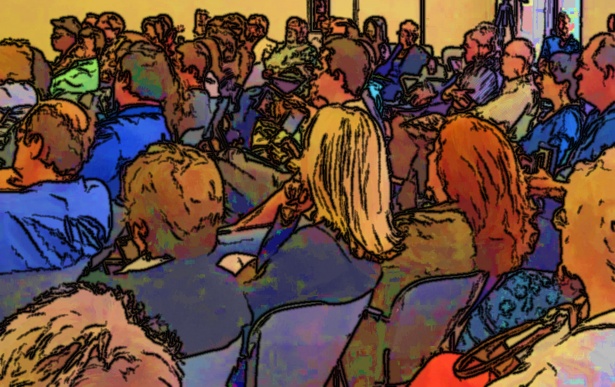There are a few key things that need to be done when analysing a primary source. Whether the source is just featured in an essay or whether it is an essay based on one primary source, these tips are here to help and remind you about what you need to write and why they are imperative when dissecting a primary source.
Purpose

The purpose of the source will determine why the source itself was made. The aim of the source can vary, it can persuade, inform or entertain etc. Your job is to recognise this and highlight why this might be the case. The primary source that you have chosen could have multiple purposes, if so, then recognise what the primary and secondary purposes are and why. What significance does this bring? Is there a reason why the secondary purpose is secondary instead of primary?
Audience

The audience determines how the content in the source was written. For example, if the primary source is a diary the content can be more emotional and truthful as the intended audience of the diary would have most likely been only the writer, therefore there would be no reason to persuade anyone in this text.
Knowing both the purpose and audience of primary sources can help you to understand why certain information/ features are exaggerated or highlighted versus why other things are not accentuated or even mentioned, this is where your analysis will come into play.
Context, context, context

This is very important! It gives you a wider understanding of the social atmosphere at the time and it can also answer many of your questions from above. It can tell you why the source was written, who the audience was. It gives you a general understanding of the time and social atmosphere, which can also help with your analysis.
To explain, in the late eighteenth century and the early nineteenth century, a new movement of Romanticism emerges and a great serge in poems are being written. Reasons for this new movement can most likely be because of the Napoleonic Wars and the rejection of Enlightenment thinking which led to the French Revolution and consequently Napoleon.
What this example shows is how the context of the day can tell us a whole lot about why new movements happen and why certain styles of writing and sources were made. Context is key in understanding and analysing your source.
Writer

Finally, the writer of the source is also vital when analysing your source. It can give you a deeper understanding of the personal motives and situation they are in, thus influencing the source. Analyse their personal context and how this impacts their work.
For example, David Livingstone (famous Victorian explorer) was a Christian missionary and often described the places using Christian metaphors. Knowing that Livingstone was a Christian missionary helps to evaluate why he often used Christian imagery in his work.
You might also be interested in:
